
RALEIGH, CAROLINA (BNS): As the world contemplates to send astronauts to Mars, a group of aerospace and textile engineering students has designed a spacesuit that they believe will protect the visitors from a range of potential dangers, from radiation to meteories.
Using advanced textile materials, students from the North Carolina State University have designed a 1,900-square-foot inflatable living space that could comfortably house four to six astronauts.
The material used in the dome-shaped living space is made by layering radiation-shielding materials like Demron™ (used in the safety suits for nuclear workers cleaning up Japan's Fukushima plant) with a gas-tight material made from a polyurethane substrate to hold in air, as well as gold-metalicised film that reflects UV rays -- among others.
The dome-shape, believe the students, will allow those pesky meteors, prone to showering down on the red planet, to bounce off the astronauts' home away from home without causing significant damage.
"We're using novel applications of high-tech textile technology and applying them to aerospace problems," explained Alex Ray, a textile engineering student and team member.
"Being able to work with classmates in aeronautical engineering allowed us to combine our knowledge from both disciplines to really think through some original solutions," Alex added.
The advanced textile material used to design the new spacesuit is flexible and can be treated with various quoting. Thus, it can outweigh NASA-designed spacesuit which uses solid materials like aluminum, fiberglass and carbon fibers, which while effective, is large, bulky and difficult to pack within a spacecraft.
The team has received valuable feedback from Fred Smith, an advanced life support systems engineer with NASA and will present its novel concept at the NASA-sponsored Revolutionary Aerospace Systems Concepts Academic Linkage (RASC-AL) competition, held June 6-8 in Cocoa Beach, Florida.
Mars is the 'destination-next' for most space-faring nations today.
However, landing man on Mars has been considered quite a difficult task as the hazards of doing so are numerous, including cosmic radiation, solar wind, high gravitational pull and thin atmosphere of the planet.
NASA has announced to send its first manned spacecraft to Mars in 2030. European Space Agency’s Aurora is taking shape to fly to the red planet by 2020s.
Russia has also planned to send its cosmonauts to the Red planet while India too has wished to join the global endeavour for Mars exploration programme.
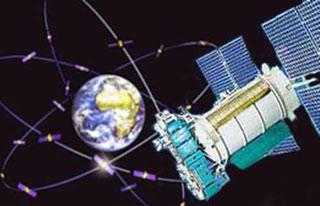 Previous Article
Previous Article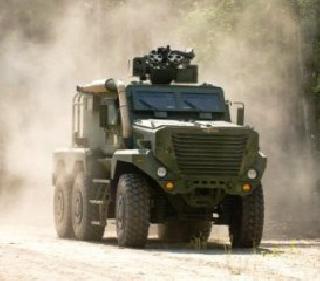 Next Article
Next Article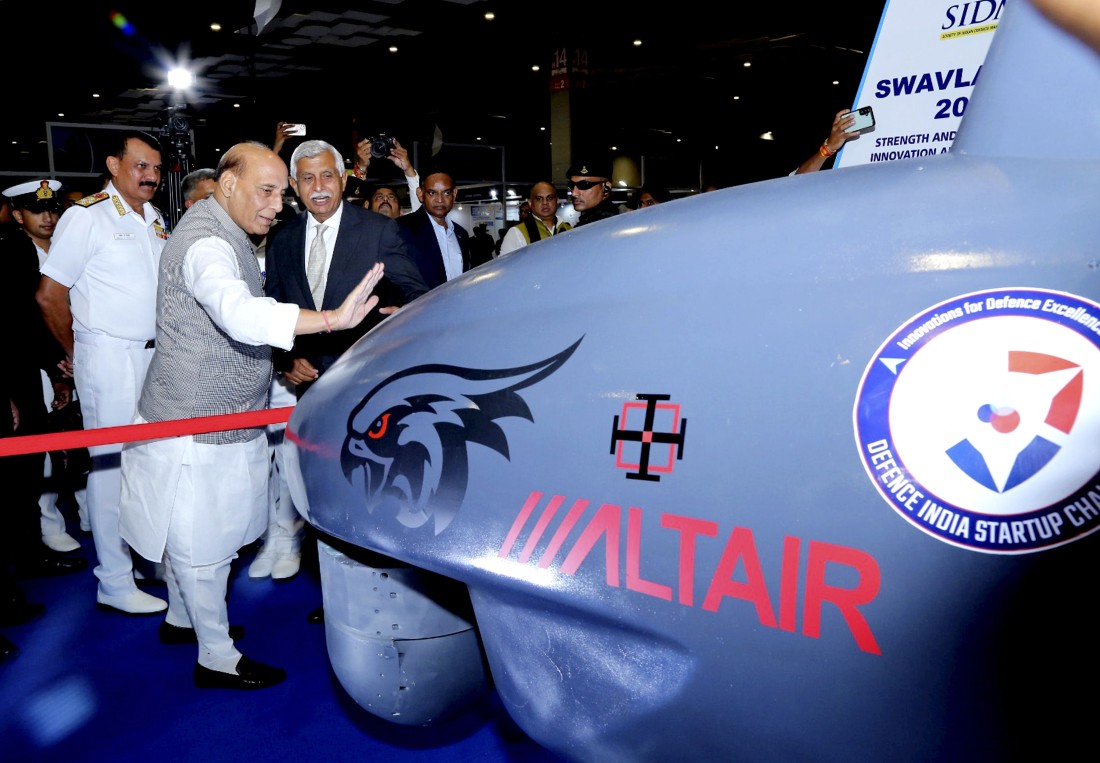
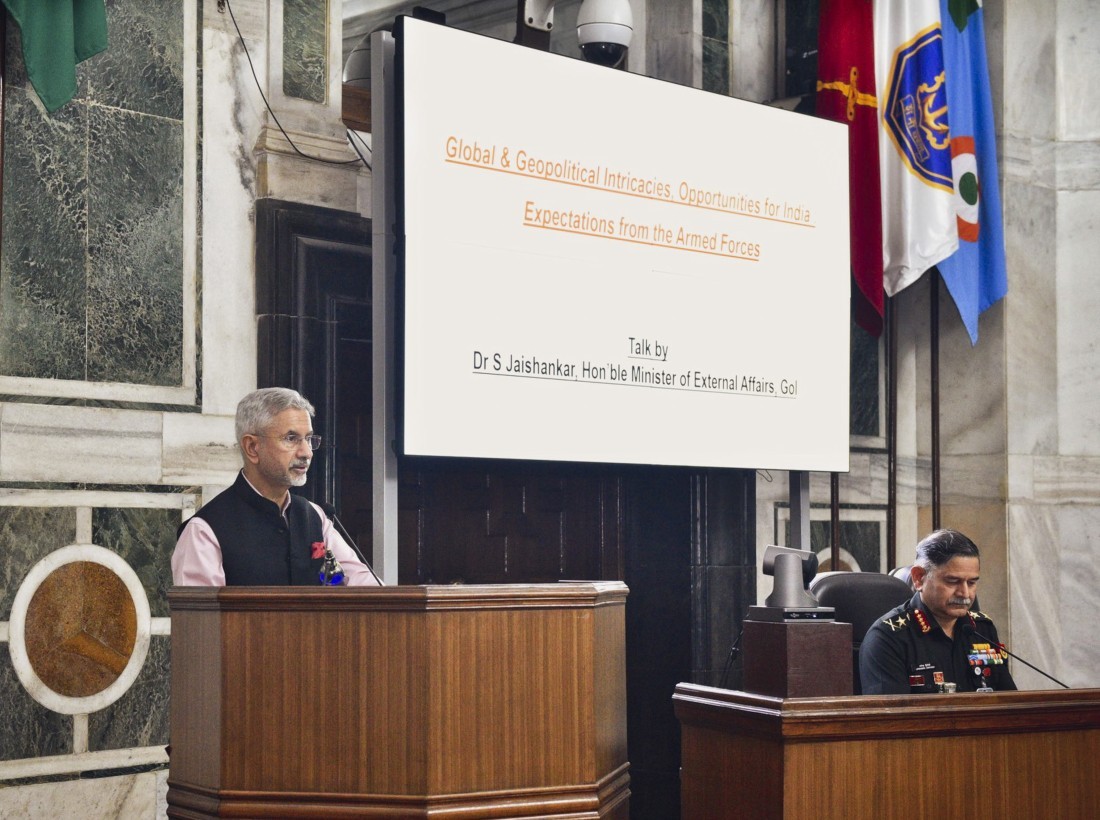
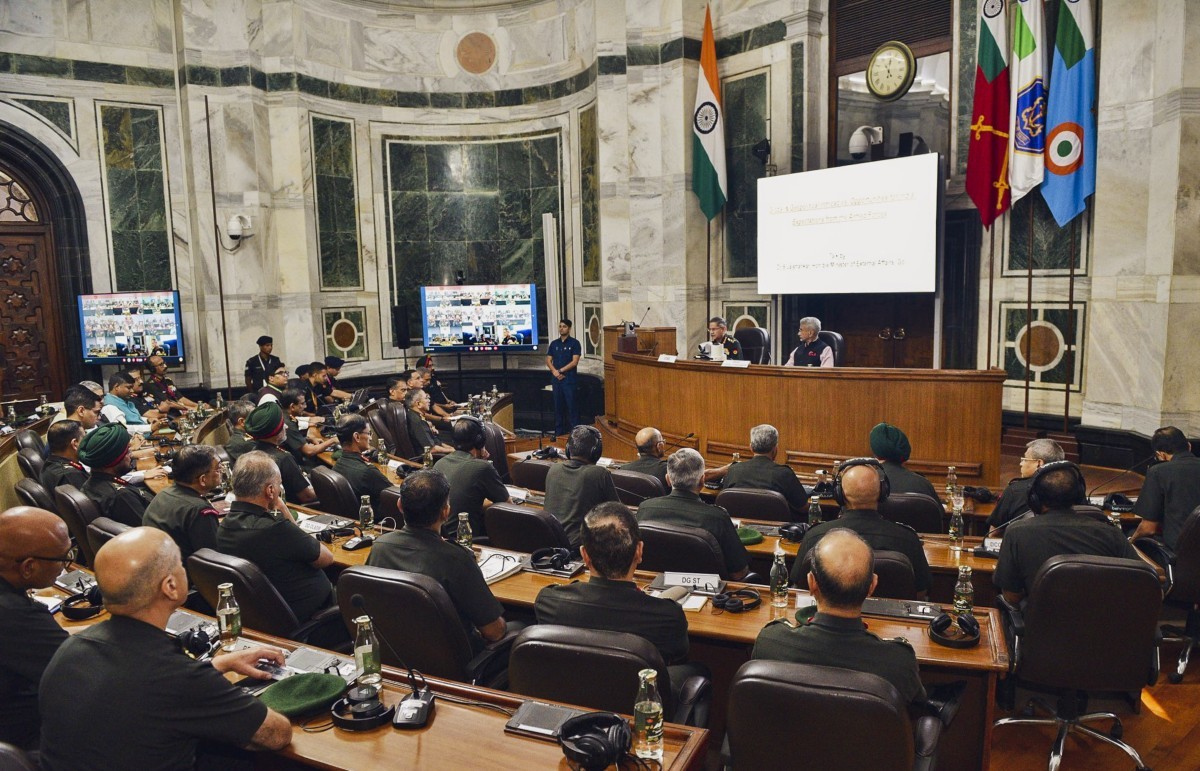


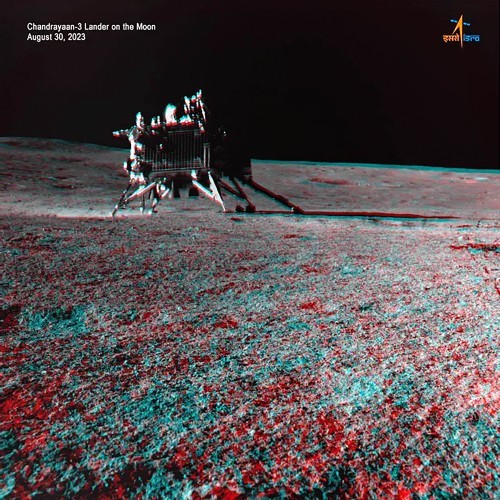







The Indian Air Force, in its flight trials evaluation report submitted before the Defence Ministry l..
view articleAn insight into the Medium Multi-Role Combat Aircraft competition...
view articleSky enthusiasts can now spot the International Space Station (ISS) commanded by Indian-American astr..
view article